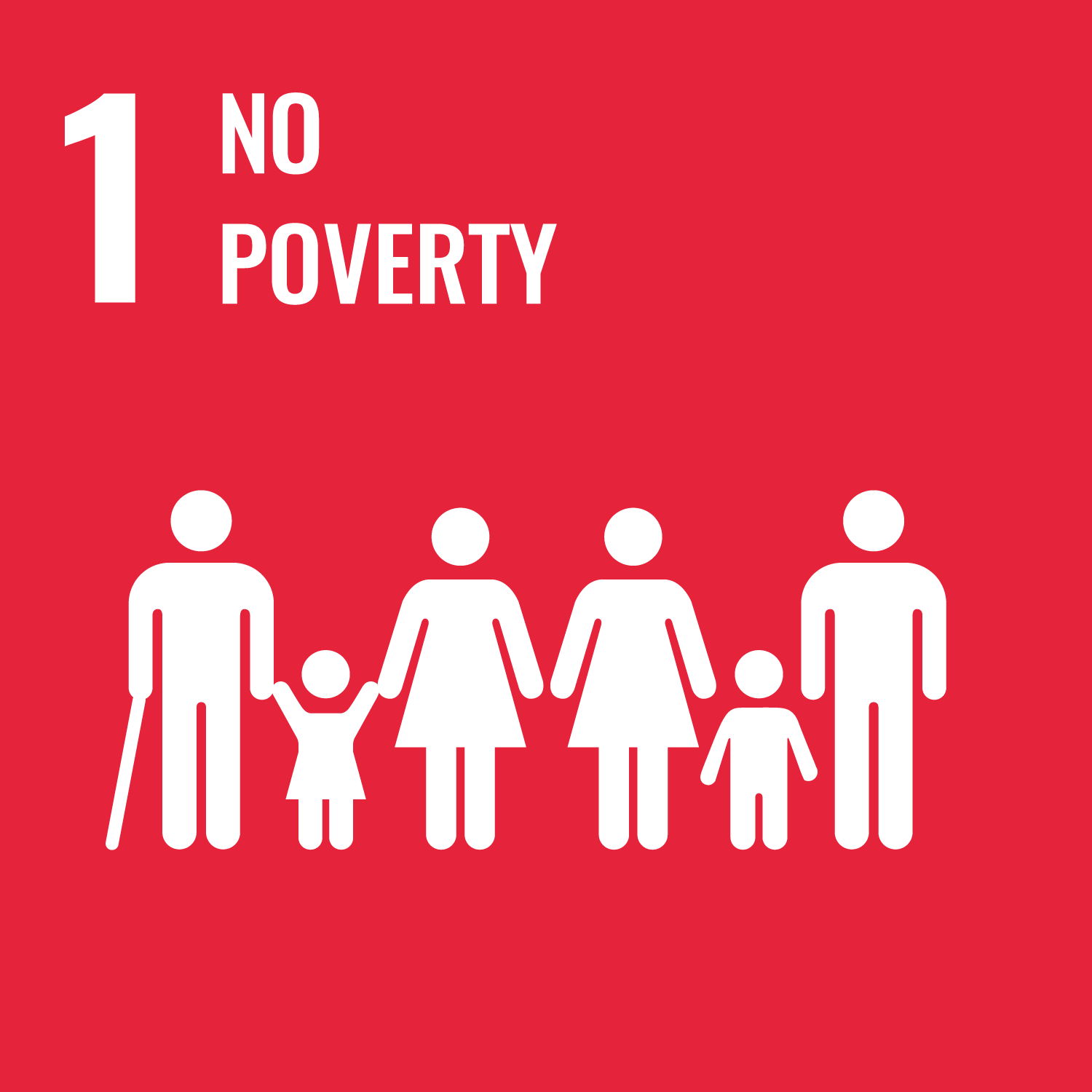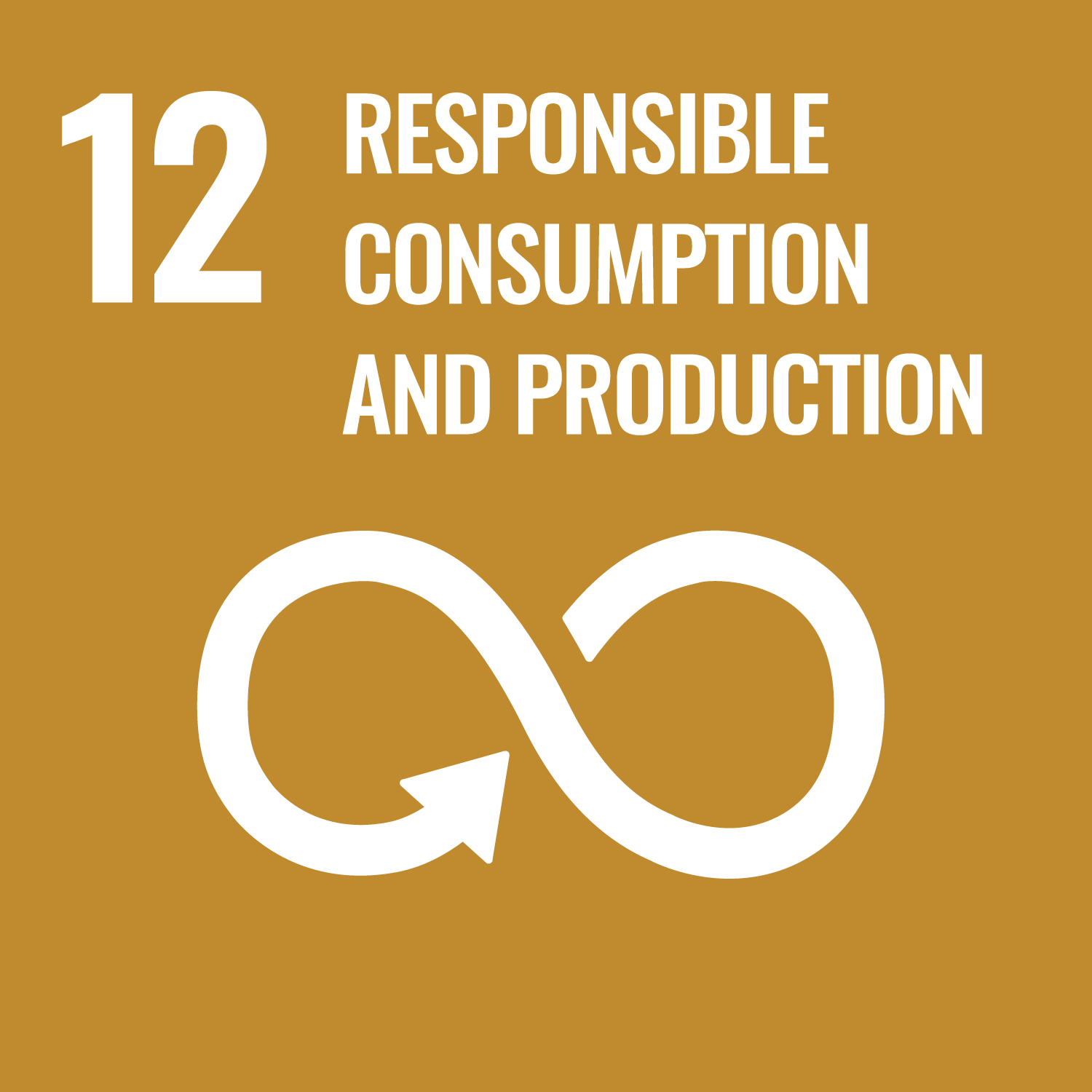


Cut Post-Harvest Losses for Vegetables
The Zero Energy Cooling Chamber (ZECC) is a brick chamber that cools through evaporation. It has double walls with sand in between, and the walls are kept wet for cooling. This chamber can reach temperatures between 10 and 15°C with about 95% humidity, which helps extend the shelf life of perishable crops.
This technology is pre-validated.
Adults 18 and over: Positive high
The poor: Positive low
Under 18: Positive high
Women: Positive high
Climate adaptability: Highly adaptable
Farmer climate change readiness: Significant improvement
Carbon footprint: Much less carbon released
Environmental health: Greatly improves environmental health
Water use: More water used
Extended Shelf Life: ZECC extends the shelf life of vegetables (e.g., up to 8 more days for tomatoes, 11 days for peppers, 5 days for amaranth), reducing spoilage.
Reduced Post-Harvest Losses: By preserving produce longer, ZECC helps ensure more fruits and vegetables reach consumers, decreasing food waste and boosting farmers' income.
Increased Availability of Nutrient-Dense Foods: With extended shelf life, ZECC increases the availability of nutrient-dense foods for consumers, supporting better health and nutrition.
No Electricity Required: ZECC operates without electricity, making it suitable for rural areas with unreliable power supply.
Affordable Cooling Technology: ZECC is a low-cost and accessible cooling solution, ideal for farmers in rural and low-resource areas.
In the near future, this section will provide an overview of this technology's success in various contexts, details on partners offering technical support, training, and implementation monitoring, along with other valuable insights for your projects and programs. These details will be added progressively.
In the meantime, use the 'Request information' button if you need to contact us.
temperature inside ZECC
Extra-income over 3 years
Open source / open access
Scaling Readiness describes how complete a technology’s development is and its ability to be scaled. It produces a score that measures a technology’s readiness along two axes: the level of maturity of the idea itself, and the level to which the technology has been used so far.
Each axis goes from 0 to 9 where 9 is the “ready-to-scale” status. For each technology profile in the e-catalogs we have documented the scaling readiness status from evidence given by the technology providers. The e-catalogs only showcase technologies for which the scaling readiness score is at least 8 for maturity of the idea and 7 for the level of use.
The graph below represents visually the scaling readiness status for this technology, you can see the label of each level by hovering your mouse cursor on the number.
Read more about scaling readiness ›
Uncontrolled environment: validated
Used by some intended users, in the real world
| Maturity of the idea | Level of use | |||||||||
| 9 | ||||||||||
| 8 | ||||||||||
| 7 | ||||||||||
| 6 | ||||||||||
| 5 | ||||||||||
| 4 | ||||||||||
| 3 | ||||||||||
| 2 | ||||||||||
| 1 | ||||||||||
| 1 | 2 | 3 | 4 | 5 | 6 | 7 | 8 | 9 | ||
| Country | Testing ongoing | Tested | Adopted |
|---|---|---|---|
| Benin | –No ongoing testing | Tested | Adopted |
| Burkina Faso | –No ongoing testing | Tested | –Not adopted |
| Ghana | –No ongoing testing | Tested | –Not adopted |
| Mali | –No ongoing testing | Tested | Adopted |
| Rwanda | –No ongoing testing | Tested | –Not adopted |
| Tanzania | –No ongoing testing | Tested | Adopted |
This technology can be used in the colored agro-ecological zones. Any zones shown in white are not suitable for this technology.









| AEZ | Subtropic - warm | Subtropic - cool | Tropic - warm | Tropic - cool |
|---|---|---|---|---|
| Arid | – | – | ||
| Semiarid | – | – | ||
| Subhumid | – | – | ||
| Humid | – | – |
Source: HarvestChoice/IFPRI 2009
The United Nations Sustainable Development Goals that are applicable to this technology.




Once the ZECC is set up, follow these steps to store your fresh produces (vegetables and/or fruits):
Last updated on 8 October 2025